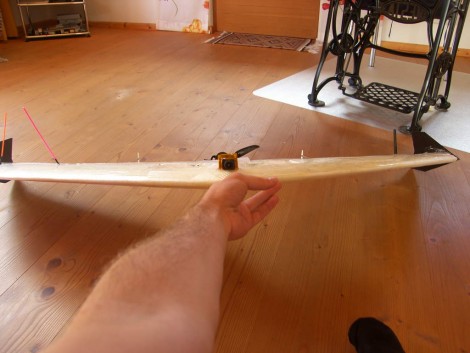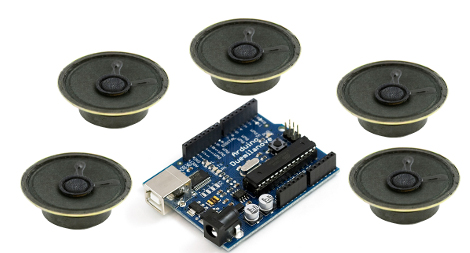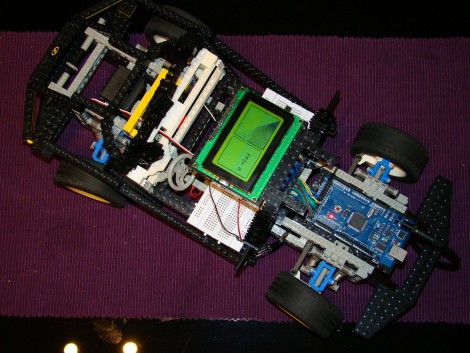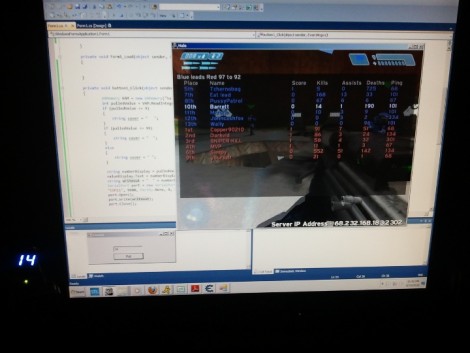
That’s a camera perched atop this aircraft’s wing. [Trappy] built the video system into his Ritewing Zephyr and his test flights in the Austrian Alps make for some breathtaking video. The foam wing is pretty easy to work with and the tool of choice here is a hot knife to cut out cavities for the electronics. The total build time came in between ten and twelve hours, but this isn’t the first time [Trappy] has worked with this model. We’re not sure what setup he’s using for control, we’d guess something head-mounted, but do take a look from the cockpit after the break. You’ll like what you see.
[Trappy] informed Hackaday that he’s planning some altitude and distance testing next weekend. The goal is to reach 15,000 feet and a range of 12 miles.
















